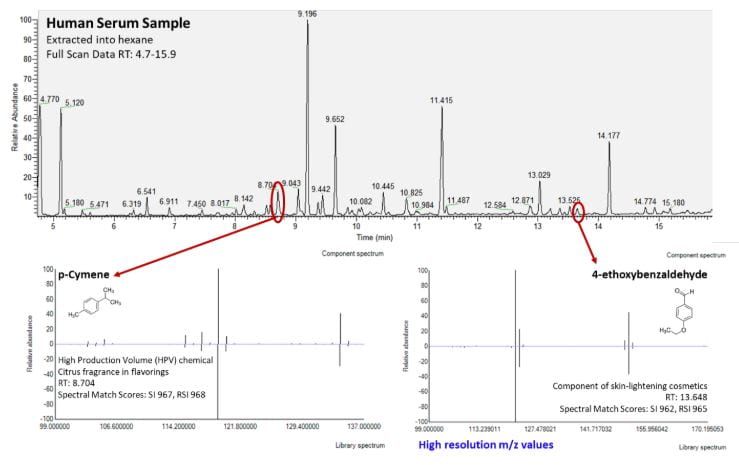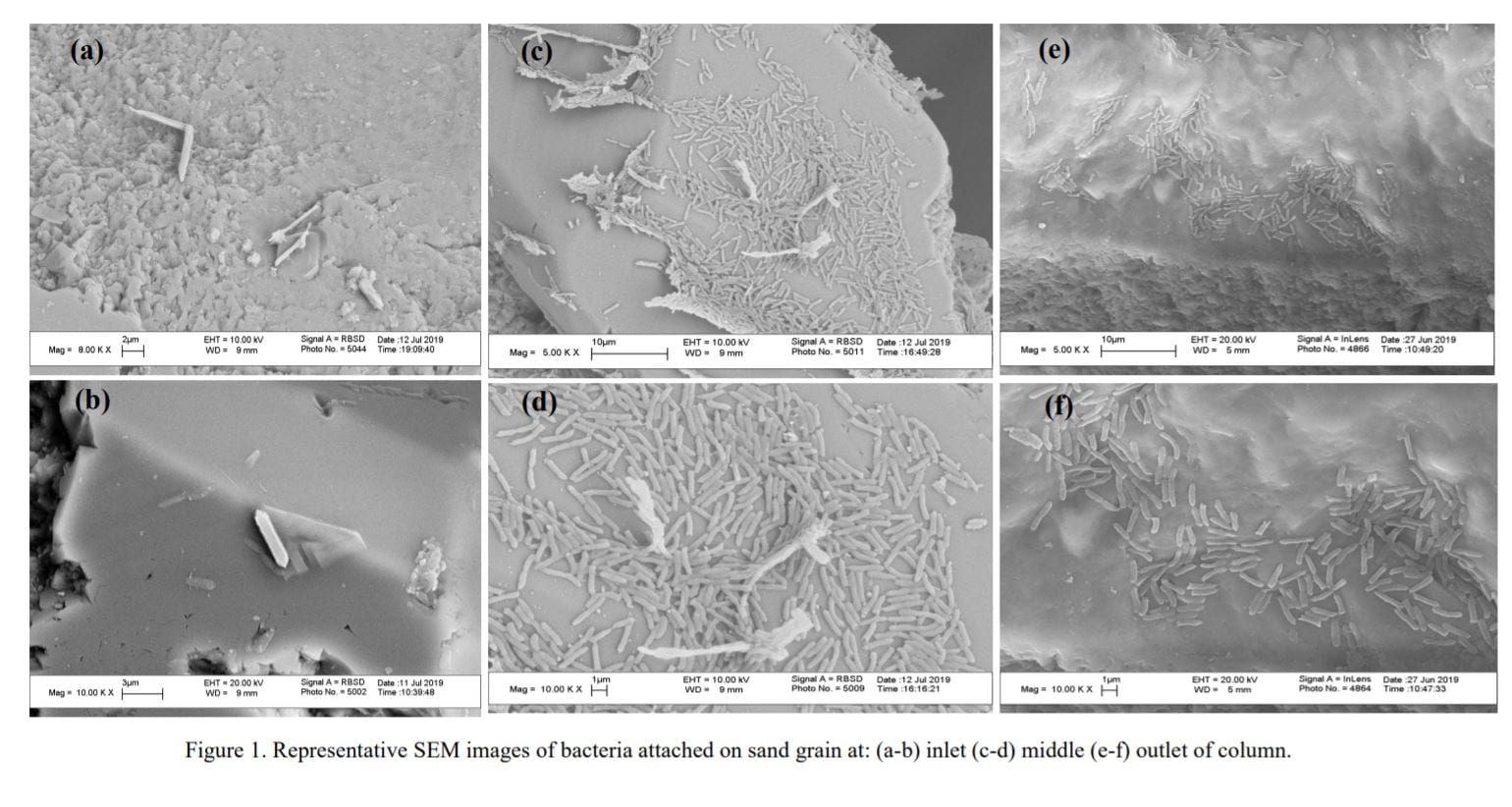Welcome to the Pennell Lab web page. We are part of the Chemical and Environmental Engineering group in the School of Engineering at Brown University. Here you will find information on our research projects, activities, journal publications, and lab members.
Our research focuses on protection of the environment and human health. More specifically, we work on the remediation (cleanup) and behavior (e.g., transport) of environmental contaminants in soil and groundwater. The contaminants we study include chlorinated solvents, such as trichloroethene (TCE) and tetrachloroethene (PCE or Perc), engineered nanomaterials, petroleum hydrocarbons (e.g., benzene), and per and polyfluoroalkyl substances (PFAS). We are interested in trying to understand how these chemicals migrate through surface soils and aquifer formations, and how physical, chemical and biological processes can be used to slow their movement and potentially degrade them into less toxic substances. To do this, we conduct batch, column, and aquifer cell studies in the laboratory and measure the transport, sorption-desorption (i.e., retention and release), and reactivity of these chemicals using a range of analytical methods (e.g., mass spectrometry, scanning electron microscopy).
We are also interested in understanding how these chemicals impact human health. Our initial work in this area focused on the link between exposures to pesticides and PCBs and Parkinson’s disease, and has evolved to include the measurement of a wide range of environmental contaminants in biological samples (e.g., serum and urine) and animal models of disease (e.g., zebra fish and mice). Our laboratory is equipped with three high resolution Thermo QExactive Orbitrap mass spectrometers, two Waters liquid chromatograph mass spectrometers (LC-MS/MS) and an Agilent GC-MS. We use these instruments in two modes: targeted analysis where we select the specific chemicals to be measured in a sample a priori (e.g., a series of polyaromatic hydrocarbons); and non-targeted analysis where we try to detect as many chemicals as possible in a sample, and then determine their identity. We collaborate with researchers in the School of Public Health and the Warren Alpert Medical School at Brown, and at other institutions such as Columbia University, Emory University, University of California at Davis, and Utrecht University in the Netherlands.







